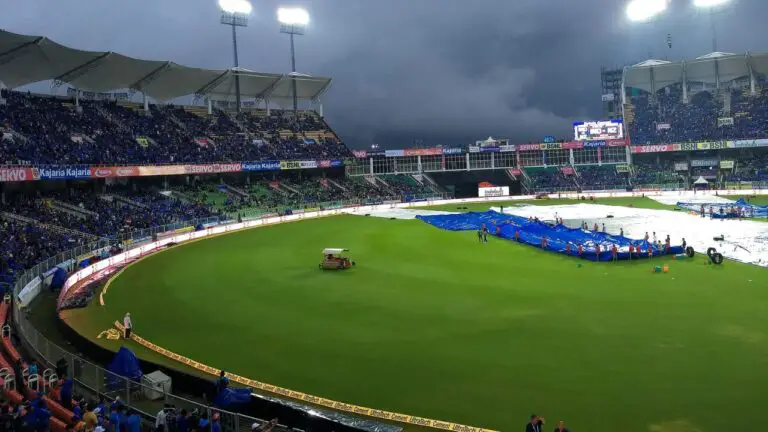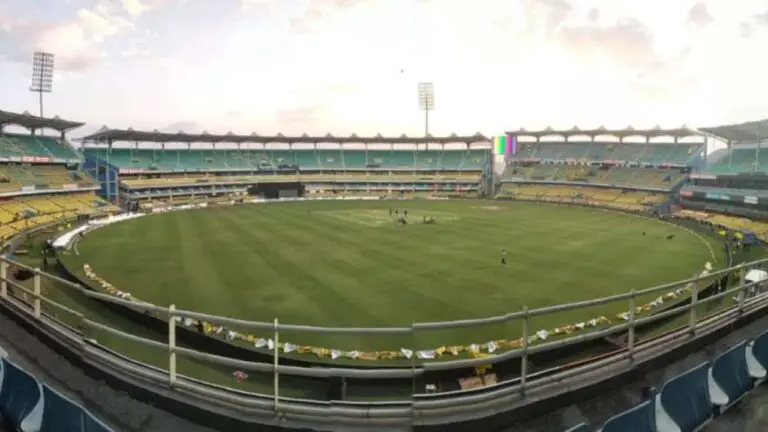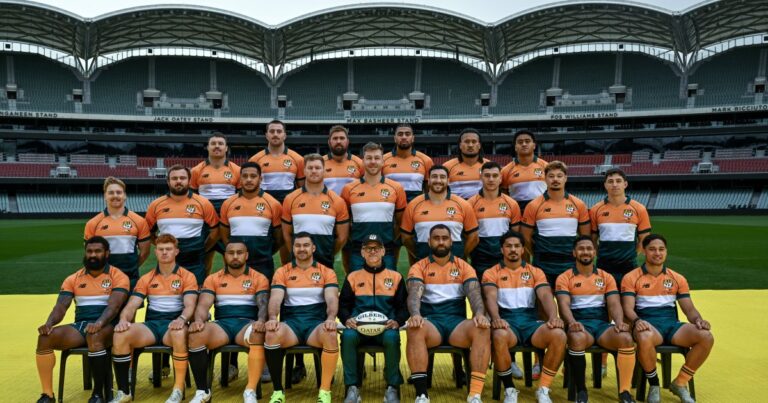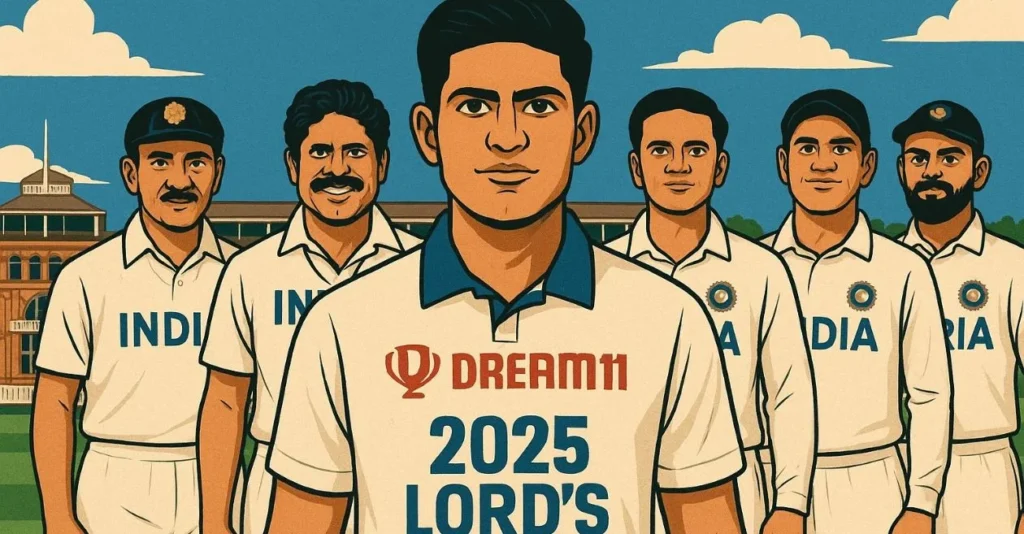
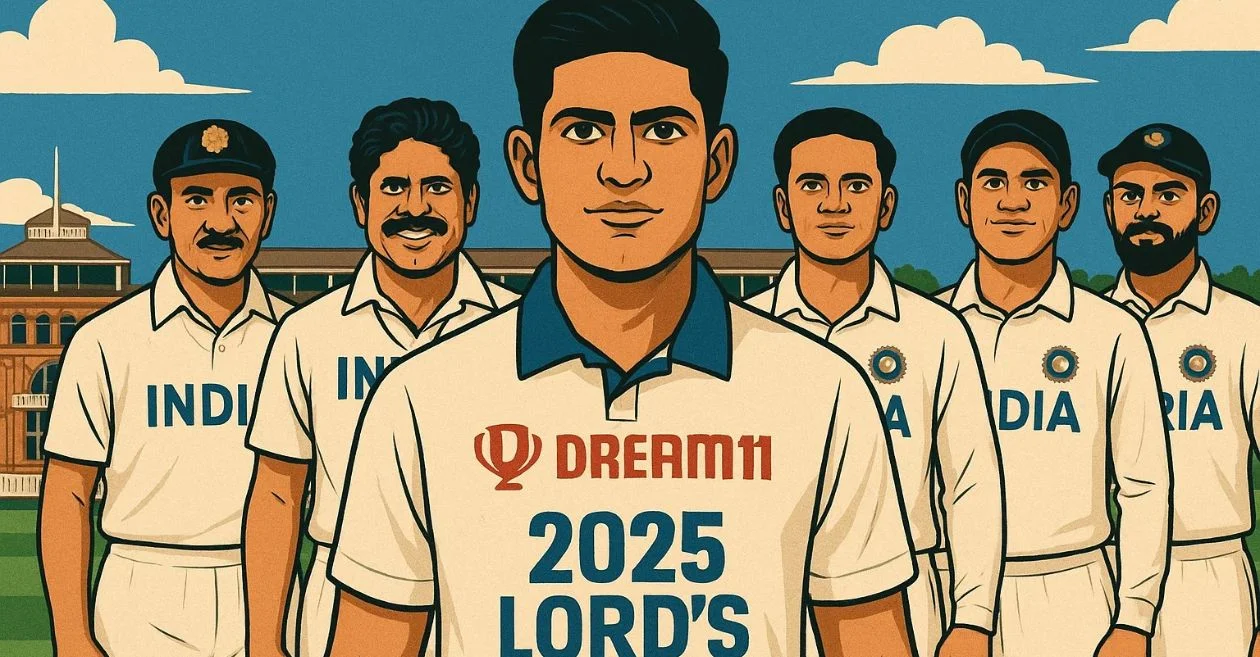
India will face England in the third Test of the five-match series at the historic Lord’s Cricket Ground in London, starting July 10. Riding high after a commanding 336-run victory at Edgbaston, Shubman Gill’s men have levelled the series 1-1 and will be eager to carry that momentum forward. However, Lord’s brings with it a mix of glory and gloom for the Indian team. While recent victories have altered the narrative, the venue has historically been a tough battleground for India. As the teams prepare for another classic duel, the ghosts and glories of Lord’s will loom large over this encounter.
From C.K. Nayudu to Virat Kohli: India’s tryst with Lord under different captains
India’s tryst with Lord’s began in 1932, in their debut Test match as a nation, but it wasn’t until 1986, 54 years later, that they tasted victory here. That historic win came under the leadership of Kapil Dev, a moment that broke the longstanding hoodoo at the Home of Cricket. For decades, Lord’s symbolized heartbreak and missed opportunities for Indian cricket, with several close encounters slipping away. The grandeur of the venue often mirrored India’s underwhelming performances, making it a psychological barrier as much as a cricketing one. For older fans, Lord’s is a place where hope often turned into heartbreak.
India’s fortunes at Lord’s took a remarkable turn in the past decade. In 2014, under MS Dhoni’s captaincy, India pulled off a stunning win led by Ishant Sharma’s ferocious short-ball spell, which dismantled England on the final day. The renaissance continued in 2021 under Virat Kohli’s aggressive leadership. That match witnessed KL Rahul‘s sublime century and a spirited bowling performance on Day 5 that sealed a 151-run victory, igniting wild celebrations on the balcony. These triumphs not only restored belief but also reshaped India’s modern identity at Lord’s, a venue once feared, now increasingly conquered.
Here’s a breakdown of India’s Test record at Lord’s:
1) June 25-28, 1932: England won by 158 runs
This match holds immense historical significance as India’s debut in Test cricket. Led by Col. C.K. Nayudu, the team faced a strong England side. England posted 259 in their first innings, and despite Mohammad Nissar‘s fiery pace taking 5/93, India managed only 189. England then scored 275/8d, setting India a target of 346. India’s inexperience showed as they were dismissed for 187, marking a challenging but groundbreaking entry into the Test arena.
2) June 27-30, 1936: England won by 9 wickets
In the second Test at Lord’s, India continued to struggle against England’s bowling attack. They were bowled out for a paltry 147 and then 93 in their two innings, failing to offer significant resistance. England, after securing a first-innings lead, comfortably chased down the small target of 107 for the loss of just one wicket.
3) June 22-25, 1946: England won by 10 wickets
This was India’s first Test after World War II. England, led by Wally Hammond‘s century (138), scored 428 in their first innings. India responded with 200, with Vinoo Mankad top-scoring with 63. Following on, India managed 275, but it wasn’t enough to save the match. England chased the meager target of 95 without losing a wicket, highlighting India’s continued struggles in English conditions.
4) June 19-24, 1952: England won by 8 wickets
Known famously as ‘Mankad’s Test,’ this match saw an incredible all-round performance from Vinoo Mankad. He top-scored with 72 in India’s first innings (235) and then bowled 73 overs to take 5/196 in England’s innings of 537. In India’s second innings, following on, Mankad scored a magnificent 184. Despite his solo brilliance, India were dismissed for 378, setting England a target of just 77, which they chased with 8 wickets to spare. Mankad remains one of only three non-English players to feature on both the batting and bowling Honours Boards at Lord’s.
5) June 18-20, 1959: England won by 8 wickets
This was a relatively low-scoring affair where India’s batting again failed to fire. They managed only 168 and 165, struggling against the English pace and seam. England secured a vital first-innings lead and then comfortably chased down their target, winning by eight wickets. This continued a pattern of England’s control over India at their home ground in the 1950s.
6) June 22-26, 1967: England won by an innings and 124 runs
A thoroughly dominant performance by England. They piled on 386 runs in their first innings, with Geoff Boycott scoring 92. India’s response was meek, being bowled out for 152 and then just 100 in their second innings, suffering a crushing innings defeat. This result underscored the gulf between the two teams at the time and India’s continued inability to compete effectively at Lord’s.
7) July 22-27, 1971: Match drawn
This drawn match was significant as it was part of the series where India would go on to record their first-ever Test series win in England. After England scored 304, India replied with a solid 313, taking a small lead. The match meandered towards a draw as both teams focused on avoiding defeat rather than forcing a result. It was a testament to India’s growing resilience under Ajit Wadekar.
Also READ: ENG vs IND: James Anderson explains why Jofra Archer must play the upcoming Lord’s Test
8) June 20-24, 1974: England won by an innings and 285 runs
This Test remains a dark memory for Indian cricket, often referred to as the “Summer of 42.” After England amassed a massive 629 runs, including a double century from Dennis Amiss (188), India collapsed dramatically. They were bowled out for 302 in their first innings, and then infamously for just 42 in their second, which is still India’s lowest Test score. It was a humiliating and comprehensive innings defeat.
9. August 2-7, 1979: Match drawn
This Lord’s Test saw a remarkable recovery by India after being bowled out for just 96 in their first innings. England declared on 419/9. Facing a huge deficit, India fought back strongly in their second innings, with centuries from Dilip Vengsarkar (103) and Gundappa Viswanath (113). Their resilience secured a hard-fought draw, preventing a heavy loss.
10) June 10-15, 1982: England won by 7 wickets
The 1st Test at Lord’s in June 1982 was a hard-fought encounter that ultimately saw England clinch a 7-wicket victory over India, though it was largely defined by a magnificent all-round performance from Kapil Dev and a brilliant century from Dilip Vengsarkar. After England posted a commanding 433 in their first innings, spearheaded by Derek Randall’s 126 and Kapil Dev’s five-wicket haul (5/125), India struggled, being bowled out for just 128 and forced to follow on.
However, India’s second innings saw a spirited fightback, with Dilip Vengsarkar crafting a superb 157 and Kapil Dev smashing a rapid 89 off just 55 balls, helping India reach 369 and set England a small target of 65 runs. Despite Kapil Dev’s three quick wickets in England’s chase, they comfortably reached the target, securing the win, but Kapil Dev’s heroics justly earned him the Player of the Match award.
11) June 5-10, 1986: India won by 5 wickets
This was a truly historic breakthrough for India, their first-ever Test win at Lord’s after 54 years. Dilip Vengsarkar scored a splendid 126* in the first innings, while Chetan Sharma’s 5-wicket haul and Kapil Dev’s crucial lower-order runs were vital. India successfully chased a fourth-innings target of 134, sending waves of joy through the Indian cricketing fraternity.
12) July 26-31, 1990: England won by 247 runs
This match is largely remembered for Graham Gooch’s phenomenal twin centuries (333 and 123), a record-breaking performance. Despite Ravi Shastri’s brilliant Test century in England (100) and Kapil Dev’s astonishing four consecutive sixes off Eddie Hemmings, India could not match England’s mammoth scoring. It was a high-scoring encounter where England’s batting simply overpowered India.
13) June 20-24, 1996: Match drawn
A Test match steeped in Indian cricketing lore, as it marked the sensational Test debuts of Sourav Ganguly and Rahul Dravid. Ganguly scored a majestic 131, becoming only the third Indian to score a century on Test debut at Lord’s, while Dravid agonizingly fell five runs short on 95. Their partnership and resilient batting ensured India secured a hard-fought draw.
14) July 25-29, 2002: England won by 170 runs
England set a challenging target in the fourth innings. Despite a valiant effort from India, particularly a fighting century from Ajit Agarkar (109*), they were bowled out for 397 in pursuit of 568. England’s bowlers held their nerve to secure a comfortable win, despite Agarkar’s heroics that briefly threatened an unlikely Indian comeback.
15) July 19-23, 2007: Match drawn
A rain-affected and tense match that ended in a draw, preserving India’s lead in the series (which they eventually won 1-0). Batting heroics from Kevin Pietersen for England and Dhoni’s gritty resistance for India ensured the Test remained competitive. Both teams settled for a draw, focusing on the broader series outcome.
16) July 21-25, 2011: England won by 196 runs
Celebrating the 2000th Test match in history, this game saw England, the then world number one Test side, comprehensively defeat India. Kevin Pietersen‘s double century (202*) and James Anderson’s swing bowling proved too much for India’s star-studded lineup. This heavy loss was part of a 4-0 whitewash for India in that series.
17) July 17-21, 2014: India won by 95 runs
A significant turnaround for India at Lord’s. After a crucial century from Ajinkya Rahane (103) helped India post a competitive first-innings total, the second innings saw Ishant Sharma produce a career-best spell of 7/74. His hostile short-pitched bowling rattled England’s batters, securing a memorable victory for India under Dhoni.
18) August 9-12, 2018: England won by an innings and 159 runs
A dominant display by England in swinging conditions. James Anderson‘s masterful bowling, exploiting the Lord’s slope and swing, was unplayable for the Indian batters, leading to collapses in both innings. England’s big first-innings total meant they secured a comprehensive innings victory, a stark reminder of the challenges India faces there.
19) August 12-16, 2021: India won by 151 runs
This was a truly iconic victory, characterized by incredible drama and resilience. After a tight contest for four days, Mohammed Shami (56 not out) and Jasprit Bumrah (34 not out) shared an extraordinary unbeaten 89-run ninth-wicket partnership that transformed the match. Their defiance set England a challenging target, and then India’s pace attack, particularly Mohammed Siraj and Bumrah, bowled England out on the final day in a thrilling fashion, sealing a famous win.
Also READ: “I met Virat Kohli few days ago”: Dinesh Karthik breaks silence on conversation with former Indian skipper on Test captaincy
Source link
